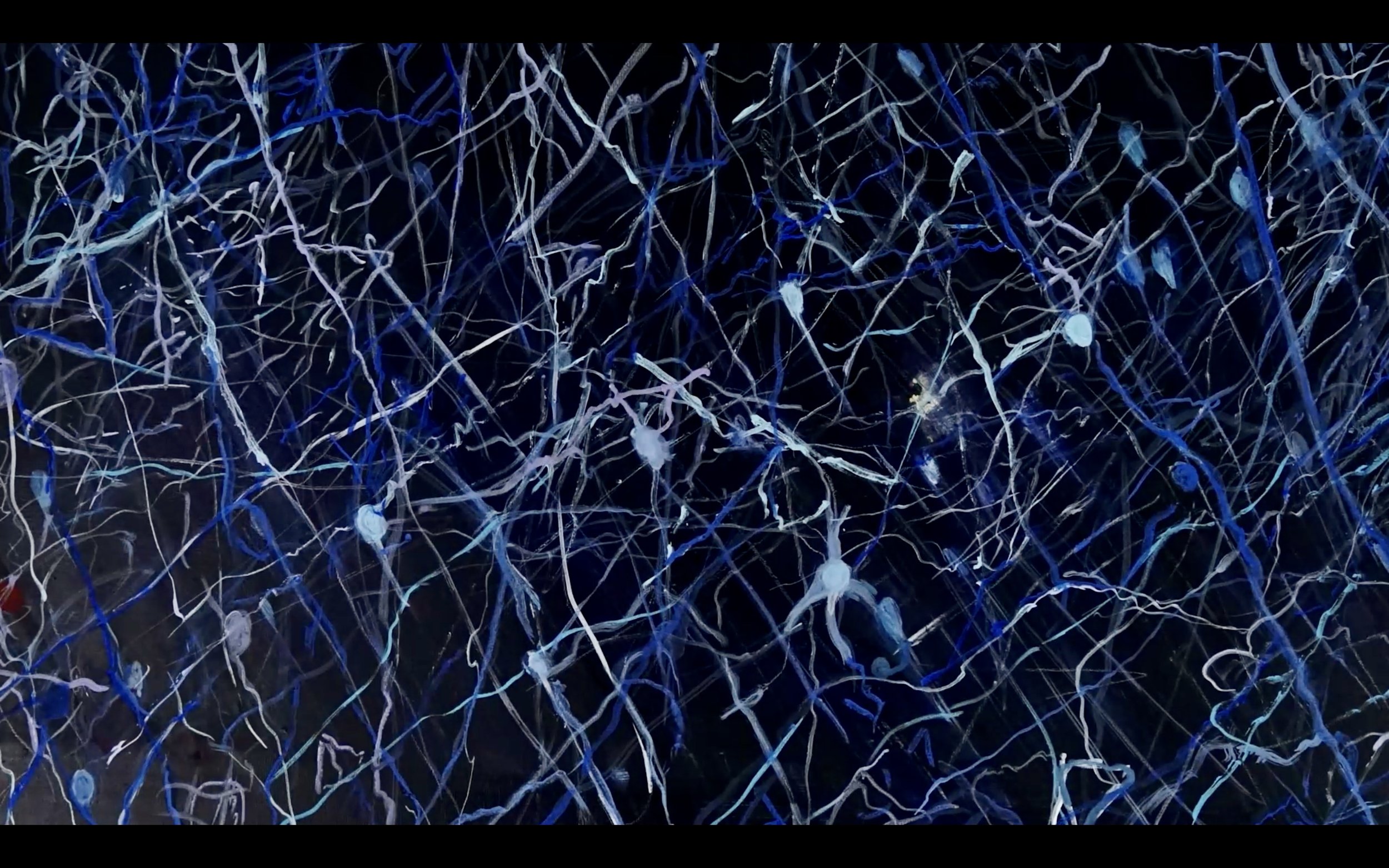“Traumatic memories are not stored like other memories. They're encoded in a way that makes them feel like they're still happening—they haven’t been placed in the past.”
Daniela Schiller, PhD, Director of the Schiller Lab, Mount Sinai Icahn School of Medicine
“Healing happens when we witness those memories without being triggered by them.” Paul Browde, M.D, Psychiatrist
MEMORY, TRAUMA AND CREATIVITY
THE SCIENCE BEHIND SEE MEMORY takes us inside Silvera’s studio, with the neuroscientists and psychiatrists whose insights appear throughout the film. Neuroscientist Daniela Schiller, Ph.D., professor of neuroscience and psychiatry at Mount Sinai; Robert Elvove, M.D., clinical professor of psychiatry at Columbia University; psychiatrist Paul Browde, M.D. and psychotherapist Cheryl Dolinger Brown, LCSW, share insights on how memory shapes self-perception. They explain new discoveries in the connection between the unconscious and conscious brain and discuss therapies aimed at moving traumatic memories from the posterior cingulate cortex (often a “holding place” for trauma) to the hippocampus, where they can be processed as regular memories.
SEE MEMORY uses a haunting score composed by Emmy-nominated Paul Brill and David John Williamson, trumpet player for Mumford & Sons. Behind-the-scenes studio footage was captured by Emmy-nominated cinematographer Jonathan Bogarín.
PRODUCTION STILLS





















